The Fight to Save St Helena’s Ancient Forests
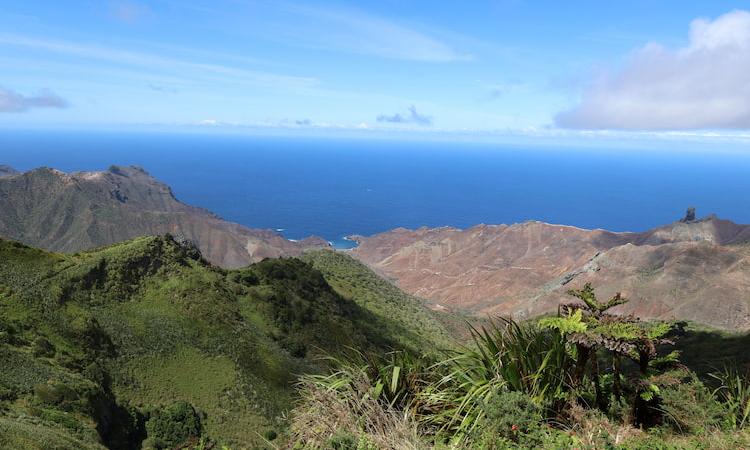
St Helena Island in the South Atlantic is a frontline in the world of conservation. Clifford Roberts reports.
Standing atop the lush foliage of High Peak, surveying the valleys below, and the ocean that surrounds it all, I marvel again at this tiny patch of terrestrial life in the sprawling South Atlantic. St Helena Island is often described as being remote, but distance hasn’t made it any less vulnerable to environmental challenge.
The damage caused by the wholesale exploitation of its natural resources happened over centuries. It’s a different story today, with incremental gains being made in the restoration of areas such as its magnificent tropical cloud forest.
St Helena is a four-hour flight from the nearest airport on the African continent at Walvis Bay. Land that is only slightly closer, at 1,300 km or 700 nautical miles, is Ascension Island, a home to military bases and therefore heavily restricted for visitors.
The island bristled with life when it was first discovered. This mere fact made it an area of intense interest. More recently, however, attempts to recover what has been lost have been complicated by, for example, the discovery of plant pathogens. Most notable among these is the Phytophthora water mould that has sped up an attack that particularly threatens rare endemic species.
It has also led authorities to close many of the island’s popular hiking paths within the Peaks National Park. “The pathogen is relatively new, and the fact that little is known about it makes it difficult to know how best to address it,” says cloud forest project manager Shayla Ellick. “High Peak and its paths have been tested, and a portion has been found to be clear, so that's been reopened to the public.”
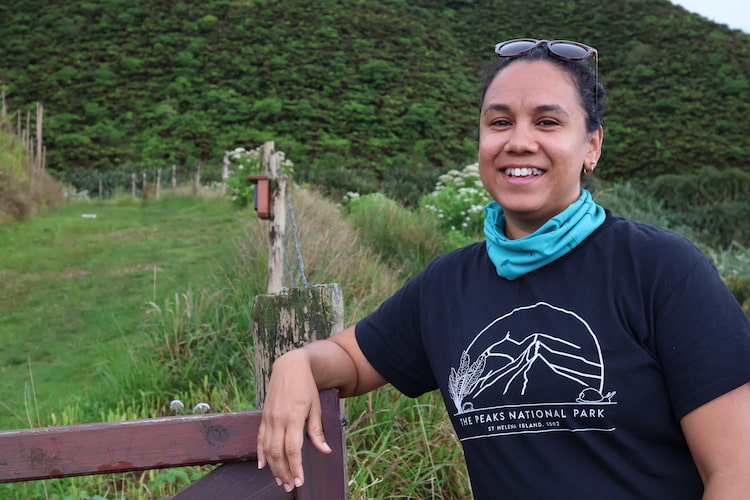
For context, St Helena arose as a volcanic island that was recorded by its earliest visitors as having had forests to its very edges. These travellers arrived in the same way many others would – borne by the wind. The island lies in the path of Trade Winds, a boon for ships returning from the east via the Cape of Good Hope.
It was essential for revictualing, but also as a plant nursery for the specimens of early naturalists transporting new discoveries home. It’s the reason you’ll even find South African spekboom, Portulacaria afra, lining roads around urban areas.
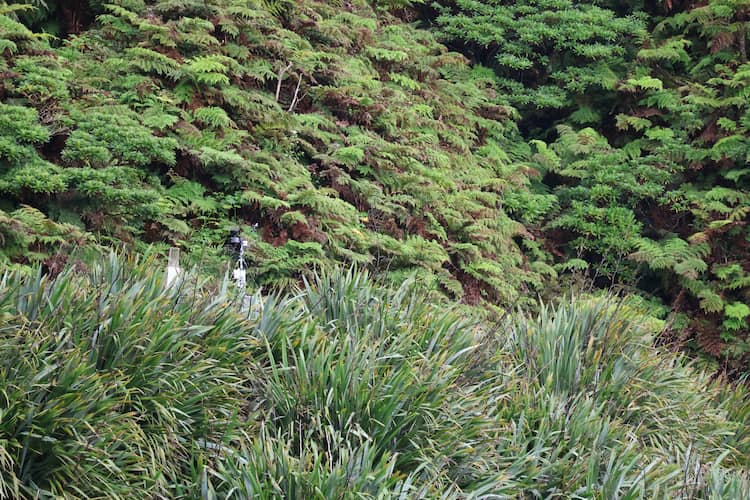
St Helena – a British overseas territory - has a population of some 4,000 people. In addition to being subsidised by the UK, its small economy is largely reliant on tourism. This has been fuelled in recent years with the start of commercial, weekly flights from its first and only airport at end-2017; and the arrival of high-speed internet via the landing of St Helena’s fibre optic cable in 2021.
The St Helena Cloud Forest Project is managed in a partnership between the St Helena government through its environmental management, education and tourism departments; the Saint Helena National Trust, which carries out conservation projects as well as environmental and heritage education; and Connect St Helena, the island’s commercial administrator of utilities such as water and electricity. Funding is provided by the UK Government Foreign, Commonwealth and Development Office.
Their focus is determined by the Peaks Management Plan, which defines the main pillars of biodiversity and works such as alien clearing, propagation and restoration; water security, linked to amongst others, the monitoring of ground water and mist within the context of climate change; and, socioeconomics, which positions conservation within the wider context of the island.
While there are 14 national conservation areas on St Helena, the 81ha Peaks National Park is arguably its most prominent, along with the marine protected area. The latter is internationally renowned for whale sharks, while the former incorporates the most visible and lush forest areas along the highest reaches of the island. Its cloud forest – the focus of a restoration project that got underway in 2021 - is the reminder of the island’s tropical location, but also of what has been lost.
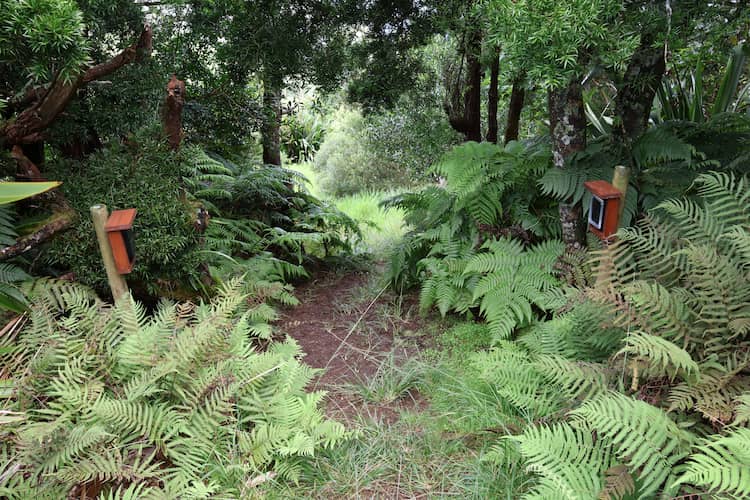
St Helena’s cloud forest has declined from a pre-human arrival estimate of 600ha to just 16ha today. Within it, live some 250 unique species.
“A lot of work has been done on the invertebrate side of things,” says Shayla. “Some five new species new to science have been described over the course of the project - some outside the cloud forest as well.”
St Helena’s head of nature conservation, Elizabeth Clingham, points out that the island used to be green to the water’s edge. Where the cloud forest is concerned, habitat restoration seeks to connect fragments of endemic vegetation while enlarging it too, but it’s slow going.
“You can't mechanize the work; there is no replacement for the human hand, foot and dexterity. It takes a unique breed of person to do this work day in and day out. We have people who've been working up there now 20 years plus. Their skill in dealing with this steep, rugged terrain and knowledge and experience have become invaluable,” she says.
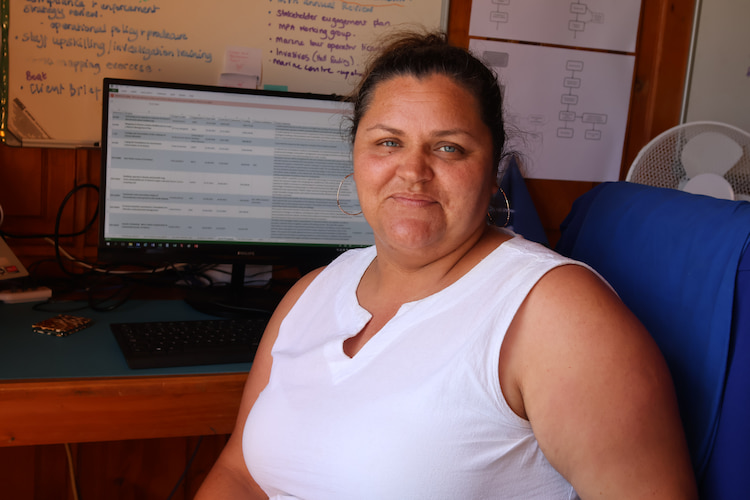
The belt of thick and almost impenetrable forest that rises where moisture-laden clouds form, some 690m above sea level, has been recognised as being essential to water security in the 1700s, but research in the past few decades has confirmed the value of endemics versus invasives. This has left a core group of some 40 conservationists battling alien species such as the remains of New Zealand flax plantations and re-establishing endemic species in some of the most difficult terrain on the island, but also needing to balance socio-economic considerations that come with the need to boost tourism and agriculture.
In addition to alien clearing, research, water monitoring, geophysical and hydrogeological surveys and more, some of the more recent developments include:
• The opening of High Peak in December, while others remain closed, is to restrict the spread of plant pathogens.
• Establishing pathogen-free nurseries, a micro-propagation laboratory and systems such as boot cleaning stations;
• An increased focus on community education; and,
• Setting up electronic readers to monitor visitor traffic on trails.
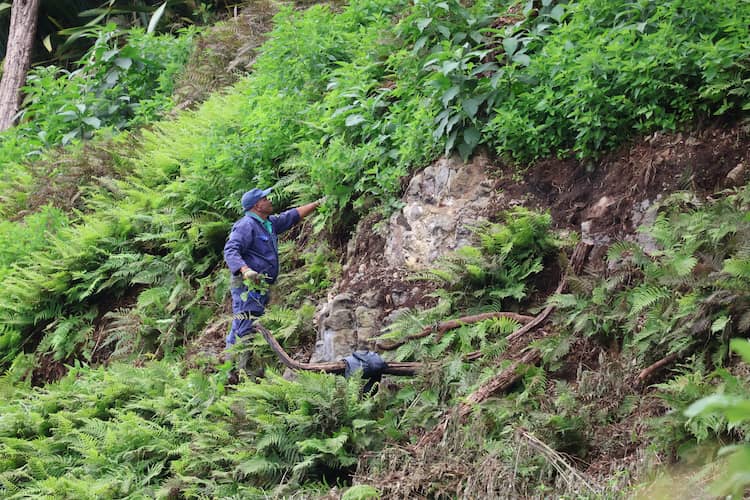
As with all of these endeavours, reporting and funding remain key focus areas for the project administrators. “Success comes from efficient coordination of resources that does the work where it’s needed,” says Elizabeth. “This frees up time to get the right funding bids to the right organisations.”
She adds: “It's not easy to raise the funds, but St Helena has a very good track record of being able to secure project funding. The tricky part, with this scale, is that the results of our actions take decades to show.”
For more information, visit https://sthelenatourism.com/st-helenas-cloud-forest-project/
Discuss this article
Clicking links may earn us commission. . Stock images by Depositphotos.
Subscribe: Stories about wildlife, habitats and heroes
Welcome to Conservation Mag where we celebrate nature preservation through ecotourism and wildlife travel while we look for ways to preserve our heritage by supporting nature conservation. Starting conversations about the positive action people like you and I are taking to make a change.
Quick Links
Work With Us
![]()

